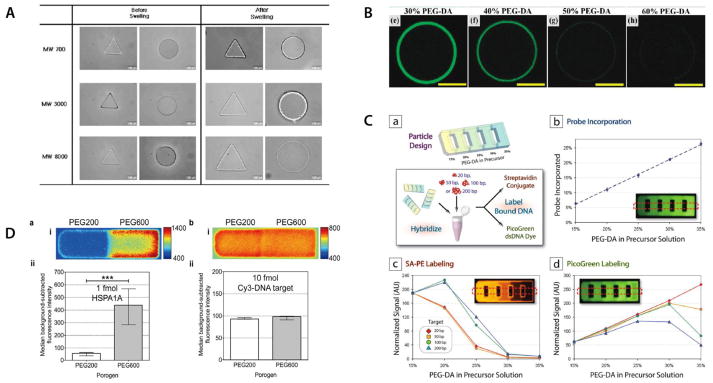Figure 3. Characterization of hydrogel particles.
(A) PEGDA particle swelling changes depending on starting molecular weight of PEG chains. Reproduced from [67]. Copyright 2008 Springer. (B) Confocal z-scan images reveal that DNA target hybridization profiles depend on crosslinking density of particles Reproduced from [37]. Copyright 2010 ACS. (C) Systematic characterization of encoded gel particles show that increasing PEG-DA in precursor solution leads to greater functionalization efficiency but limits penetration of larger DNA molecules. Penetration ability also depends on size of labeling analyte. Reproduced from [35]. Copyright 2009 ACS. (D) Comparison of porogens in fabrication of gel particle arrays shows that PEG600 leads to the larger pore size required for mRNA detection in comparison to use of PEG200. Use of smaller targets confirms that functionalization efficiency of probe is not compromised by using PEG600 as a porogen. Reproduced from [45]. Copyright 2012 ACS.

